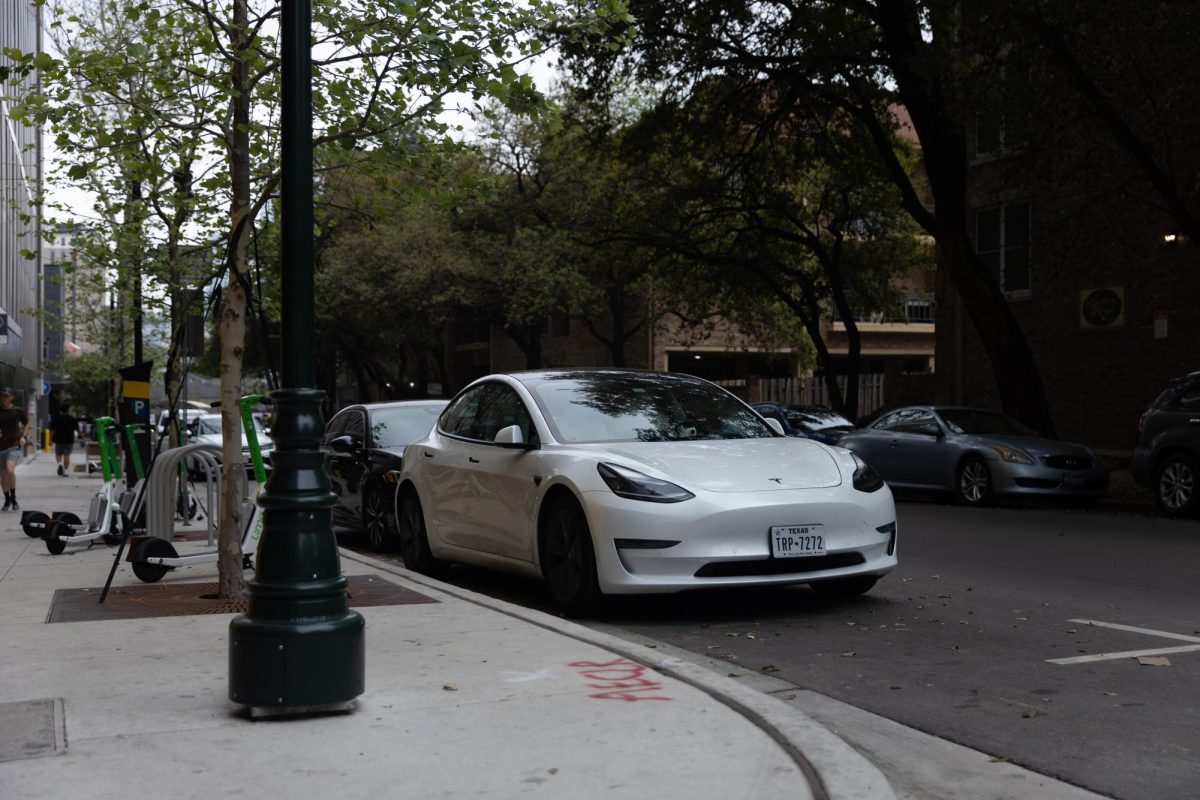A pile of debris, left behind by a 2018 landslide, interrupts the trail along Shoal Creek from West 24th Street to 2800 Shoal Creek Blvd., detouring pedestrians and cyclists. Through September and October, members of the Austin Transportation and Public Works Department asked pedestrians on the creek for their feedback on options to modify the trail and sent postcards to students in West Campus asking to weigh in, said Laura Dierenfield, division manager for the department.
The city proposed plans to replace a span of the trail to increase accessibility and safety, inviting more visitors to the creek. Led by the Austin Transportation and Public Works Department, the Shoal Creek Connectivity Gaps project plans to address three major gaps in the creek trail, including the south gap which runs behind campus.
The landslide sent trees, dirt and other debris down a cliff overlooking Shoal Creek, blocking off hundreds of feet on the west side of the trail. This gap causes visitors to walk on the narrow sidewalk directly next to the road, said English senior Bethany Roberts, an executive board member of Texas Trees for Change.
“(Shoal Creek) is my favorite place to go on walks,” Roberts said. “You feel like you’re in your own little world and then you get cut off. Suddenly you have to walk by all the cars and it’s like, ‘Maybe it’s time to go home.’”
This project proposes to replace the narrow patch with a 12-foot sidewalk on the east side of the trail, shrinking the size of the lanes on the road while leaving lane capacity unchanged. The initiative does not cover the west side of the trail and leaves the debris to be managed in the future, Dierenfield said.
“It’s very exciting to be looking already at a portion of the sidewalk that could be made a bit wider to (fit) more of an urban trail quality,” Dierenfield said. “That’s important for making sure that passing interactions between people walking or biking are more comfortable and can be done with more predictability and etiquette.”
While the department continues finding available resources and funding to continue the project, the feedback revealed that residents have a high interest in fixing the gaps, Dierenfield said. In the coming months, she hopes to reflect on updates and provide more feedback to residents to reinforce the strong community dependence on this project.
Colin Crawford, an executive board member for Texas Trees for Change, said he hopes this project brings more students outdoors, helping them care more about sustainability. The government and history senior said he cleans up trash on Shoal Creek weekly and hopes the creek’s increased foot traffic will inspire visitors to do the same.
Spending time outdoors will not only benefit the creek but also the students, said Sophie Velez, an executive board member of Texas Trees for Change. Students spend the majority of time inside doing work, so having sunshine on their faces would be very beneficial, said the philosophy and sustainability senior.
“In the face of climate change, environmental degradation and deforestation, it is so important to appreciate what we have and enjoy it,” Velez said. “Not because it’s going to be gone, but so that we can take active steps to prevent those things from going away.”














